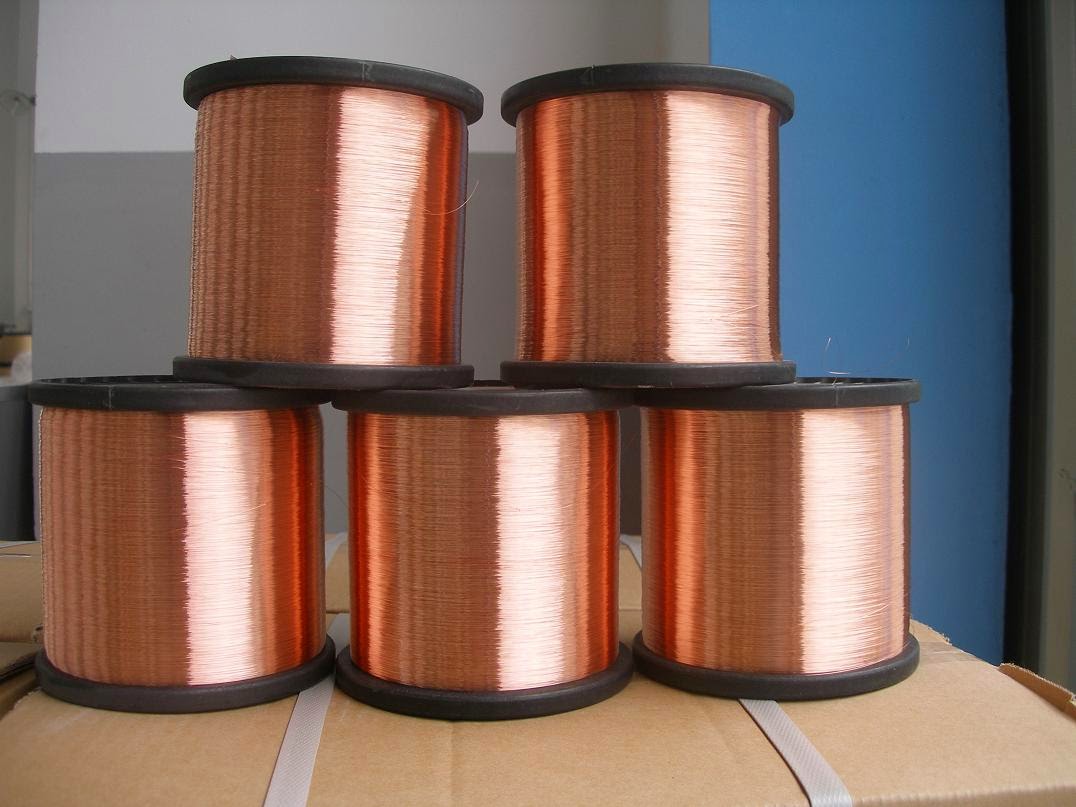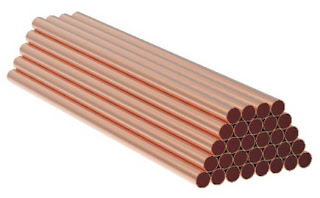How is Indian Submersible Winding Wire Made?
Submersible winding wires are essential components in the electrical industry, particularly for submersible pumps used in domestic, agricultural, and industrial applications. These specialized wires are designed to operate efficiently underwater, enduring extreme conditions like high temperatures, mechanical stress, and water exposure. Among the many types of wires produced globally, Indian Submersible Winding Wire stands out for its quality, durability, and precision manufacturing. This blog explores the fascinating process of how these wires are made in India, shedding light on the materials, techniques, and standards that make them reliable and efficient.
Understanding Submersible Winding Wires
Submersible winding wires are used in the motors of submersible pumps, which are submerged in water for tasks like irrigation, water supply, and industrial fluid management. These wires are engineered to withstand moisture, abrasion, and high temperatures while maintaining excellent electrical conductivity. The manufacturing process involves careful selection of raw materials and advanced techniques to ensure the wires meet stringent quality standards, making them suitable for challenging underwater environments.
Selection of High-Quality Raw Materials
The foundation of Indian Submersible Winding Wire lies in the choice of raw materials. The primary material used is high-purity copper, often referred to as electrolytic-grade copper. This copper is sourced in the form of continuous cast copper rods (CC rods), which are known for their excellent conductivity and durability. The copper is carefully selected to ensure it meets the required purity and conductivity standards, as even minor impurities can affect the wire’s performance.
In addition to copper, the insulation materials are equally critical. Manufacturers use polyester films and biaxially oriented polypropylene (BOPP) films to insulate the copper conductor. These materials are chosen for their ability to provide high insulation resistance, even at elevated temperatures, such as the boiling point of water. The combination of copper and specialized insulation ensures the wire can perform reliably in submerged conditions.
Drawing and Annealing the Copper Conductor
The manufacturing process begins with drawing the copper rods into thinner wires of precise diameters, typically ranging from 0.4 mm to 2.8 mm, depending on the application. This process is carried out using high-precision wire-drawing machines that reduce the copper rod’s thickness while maintaining its structural integrity. The drawn copper wire is then annealed, a heat-treatment process that enhances its flexibility and softness. Annealing removes internal stresses in the copper, making it easier to wind into coils for use in submersible pump motors.
This step is crucial because the flexibility of the wire ensures it can be tightly wound within the motor without breaking or losing conductivity. Companies like Ganpati Wires, a leading name in the industry, emphasize the use of advanced annealing techniques to produce wires that are both durable and highly conductive, meeting the specific needs of their clients.
Insulation Application Process
Once the copper wire is drawn and annealed, the next step is applying the insulation. This is where Copper Submersible Winding Wire Manufacturers showcase their expertise. The copper conductor is wrapped with multiple layers of polyester and polypropylene films using sophisticated wrapping machines. These machines ensure uniform application of the insulation, which is critical for maintaining the wire’s dielectric strength and resistance to water ingress.
The insulation process involves wrapping the conductor with thin polyester film, followed by BOPP film, which is then heat-shrunk using a continuous heat-shrinking furnace. This heat-shrinkage ensures the insulation adheres tightly to the copper, creating a seamless and robust protective layer. The biaxially oriented structure of the insulation provides tear resistance and flexibility, allowing the wire to withstand mechanical stress and abrasion during operation.
Quality Testing and Standards Compliance
Quality assurance is a cornerstone of the manufacturing process for Indian Bare Submersible Winding Wire. After the insulation is applied, the wires undergo rigorous testing to ensure they meet industry standards, such as IS 8783:1995, which governs submersible winding wires in India. Tests include conductor resistance, elongation, spring-back, and insulation resistance tests to verify the wire’s electrical, mechanical, and thermal properties.
Manufacturers also check the wire’s ability to withstand high temperatures (up to 110°C) and its performance in water, ensuring it can operate without failure in submersible environments. The surface of the finished wire is inspected to ensure it is smooth and free of defects, as any imperfections could compromise its performance. These stringent quality checks ensure that the wires are reliable and capable of delivering consistent performance in demanding conditions.
Customization for Diverse Applications
One of the strengths of Indian Submersible Winding Wire Exporter companies is their ability to customize wires to meet specific client requirements. Submersible winding wires are available in various sizes and specifications to suit different pump motor designs. Manufacturers offer both single-stranded and multi-stranded wires, with the latter providing enhanced flexibility for complex motor configurations.
Customization also extends to the insulation thickness and type, depending on the operating conditions of the pump. For instance, wires used in deep-well submersible pumps may require thicker insulation to handle higher pressures and temperatures. This level of customization ensures that the wires are optimized for efficiency, durability, and performance in diverse applications.
Advanced Manufacturing Facilities
The production of submersible winding wires in India is supported by state-of-the-art manufacturing facilities equipped with modern machinery. These facilities use automated systems for wire drawing, annealing, insulation wrapping, and heat shrinkage, ensuring precision and consistency. The use of advanced technology allows manufacturers to produce wires with uniform insulation and high conductivity, meeting the demands of both domestic and international markets.
Additionally, many manufacturers invest in research and development to innovate and improve their products. This focus on innovation ensures that Indian submersible winding wires remain competitive globally, offering superior performance and reliability.
Environmental and Energy Efficiency Benefits
Submersible winding wires made in India are designed to contribute to energy efficiency. The high conductivity of the copper conductor minimizes energy losses, making the pump motors more efficient. The durable insulation reduces the risk of electrical faults, extending the lifespan of the motors and reducing maintenance costs. These energy-saving features make Indian submersible winding wires a preferred choice for environmentally conscious industries.
Conclusion
The manufacturing of Indian Submersible Winding Wire is a meticulous process that combines high-quality materials, advanced technology, and stringent quality control to produce wires that excel in challenging underwater environments. From selecting pure copper and durable insulation materials to drawing, annealing, and rigorous testing, each step is designed to ensure the wires are reliable, efficient, and durable. Companies like Ganpati Wires play a pivotal role in delivering high-quality wires that meet global standards. With their focus on customization, precision, and energy efficiency, Indian manufacturers continue to lead the way in producing submersible winding wires that power essential applications worldwide. This blend of craftsmanship and innovation makes Indian submersible winding wires a trusted choice for industries seeking dependable and high-performing solutions.




Comments
Post a Comment